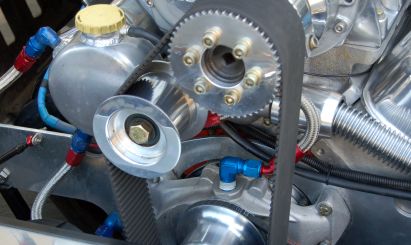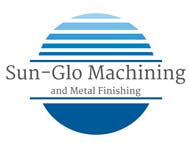Part of the reason why metals such as aluminum, zinc, copper, and steel are so commonly used in parts fabrication and construction is because of how easily and efficiently they can be alloyed with other materials. Of course, tin and copper can be alloyed to make bronze, aluminum and zinc make (appropriately) zinc-aluminum, and copper and zinc make brass. These metals, then, are very active chemical agents: this means that they will react with other elements and compounds that are found in the air and rain over time—this is what corrosion is. Passivating a metal makes it less reactive to such elements as oxygen and sodium, as well as to compounds such as water. Passivation thus greatly increases the life-span of a specific metal component, and it can be easily achieved through a chromate conversion application. Consulting with a chromate conversion coating expert can ensure that the process is done properly—which means safely, eco-consciously, and economically.
The chemical process used by a chromate conversion coating expert on any of the above metals involves chromic acid, also known as hexavalent chromium. It is a rather toxic chemical, and therefore, it is highly regulated. Not only are non-hexavalent chromium options becoming and more readily available in a wider array of countries, and not only are they better for the environment, but they are also becoming a less expensive option. This is because regulation at the legal and governmental levels often equates to economic consequences—that is, higher costs—on the consumer level!
Where Does Chromate Conversion Fit In?
If you or your company are involved in the manufacture of aircraft parts, temporary structures, permanent storage facilities, or the machining and distribution of fine mechanical parts, then speaking with a chromate conversion coating expert will be time well spent. The list of applicable industries is as varied as the versatility of chromate’s applications. While there are other metal finishing options available to protect your investments, chromate conversion is easily one of the most economic and effective. For example, even if you have a given metal component, such as a lamp-post column or a gear, and it is coated in zinc, then you may think that because zinc is less reactive to environmental reagents than, say, iron or aluminum, the part is protected. This is true only to an extent. The zinc, over time, will be subjected to what is known as white rot, or wet rot, which is a slow, but critical, oxidization of the material that will eventually compromise the structural and insulating integrity of the material. A chromate conversion coating will essentially act as a super-durable coat of paint, protecting the base metals from both long-term and short-term environmental hazards. Another plus of the process is that there is essentially no dimensional change to the finished product.
As a business owner or craftsperson who will doubtless recognize and come to rely on the process, you should be sure to specify to your chromate conversion coating expert the time-frame within which you require the parts to be treated and put to use. Initially, the chromate is still a bit fluid, or gelatinous, but it will cure over time to become more resistant to the assaults of environmental threats.

